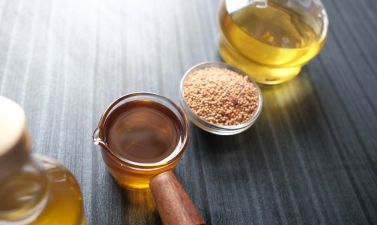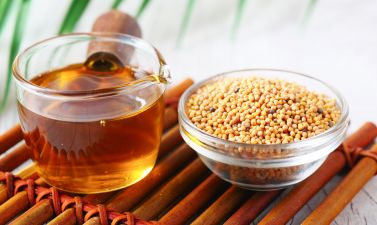


Cooking oils are a staple in kitchens around the world. From frying and sautéing to baking and dressing salads, the type of oil you use can impact the flavor, texture, and nutritional value of your dishes. With so many options available—olive oil, coconut oil, sunflower oil, canola oil, and more—it can be overwhelming to decide which one is right for your cooking needs.
In this guide, we’ll explore the different types of cooking oils, their benefits, and how to use them in your kitchen.


Cooking oil is more than just a medium for heat—it's a key ingredient that can elevate the taste of your food. Oils add richness, enhance flavors, and even contribute to the texture of a dish. But not all oils are created equal. They differ in terms of smoke point, fat composition, flavor, and health benefits.
The smoke point of an oil is the temperature at which it starts to smoke and break down, releasing harmful compounds and giving your food a burnt taste. High smoke point oils are ideal for frying and searing, while low smoke point oils are best for dressings and low-heat cooking.

Cooking oil is a key part of any kitchen, and the right oil can make all the difference in taste and nutrition. Whether you're searing a steak, baking a cake, or tossing a salad, choosing the best oil for the job will help you get the most out of your culinary creations.

Always store your oils in a cool, dark place, and pay attention to expiration dates. Fresh oil means better flavor, better health, and better cooking. So go ahead—explore, experiment, and enjoy the wide world of cooking oils!